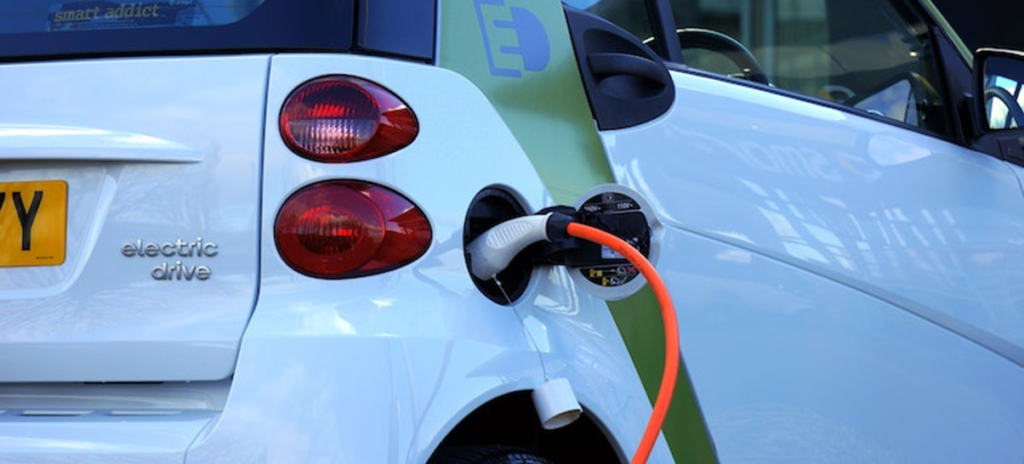Are you planning to ship your beloved electric vehicle (EV) to a new location? Whether you’re moving or selling your EV to a buyer in another city, shipping electric vehicles comes with unique challenges and considerations. In this guide by Verified Movers, we’ll delve into the world of shipping battery-powered cars, providing you with valuable insights and tips to ensure your EV reaches its destination safely and securely.
Understanding the Unique Nature of Electric Vehicles
Electric vehicles have taken the world by storm, offering a cleaner and more sustainable mode of transportation. However, their unique features also make them distinct when it comes to shipping electric vehicles. One of the key distinctions is, of course, the battery.
The EV powerhouse: Batteries
Electric vehicles are powered by large lithium-ion batteries, which are the heart and soul of these cars. These batteries provide the necessary juice for your EV to hit the road. However, this power source also presents a challenge when it comes to transportation. As with any other appliances, there are many tips for packing and moving electronics you need to follow. Shipping electric vehicles is not the same, however, as transporting a stove, so be mindful.

Furthermore, transporting a car with a massive battery is not the same as shipping a conventional vehicle. The battery’s weight, size, and sensitivity require special care throughout the shipping process. You will need to upgrade your car shipping preparation guidelines. But don’t worry; we’ve got you covered with essential tips to ensure your EV’s safe journey.
Preparing Your Electric Vehicle for Shipping
Before your electric vehicle embarks on its journey, there are several crucial steps you should take to prepare it for shipping. Think of it as giving your car a warm and cozy travel blanket.
- Clean Your EV Inside and Out – A clean car is not just visually appealing; it also allows you to spot any pre-existing scratches or dings before shipping. Cleaning the interior is equally important, as it ensures no personal belongings are left behind.
- Document the Condition of Your EV – Take photos of your EV from various angles, highlighting any existing damage. This documentation can serve as evidence in case you should file a car shipping compliant.
- Secure Loose Items – Remove any loose items from the car, including charging cables and accessories. This prevents them from shifting around during transport and potentially causing damage.
- Check the Battery Charge – Ensure your EV’s battery is neither fully charged nor completely drained. Keeping it at around 20-50% charge is ideal. This minimizes the risk of overcharging or complete discharge during transit.
Choosing the right shipping method for shipping electric vehicles
Selecting the appropriate shipping method for your electric vehicle is crucial to ensure a safe and efficient journey. While different methods have different pros and cons, the choice will be your own. This can also help you select a car shipping service better.
- Enclosed Transport vs. Open Carrier – Consider the advantages of enclosed transport. While open carriers are more common and cost-effective, enclosed options provide extra protection from the elements and potential road debris.
- Research Shipping Companies – Take the time to research and choose a reputable shipping company with experience in handling electric vehicles. Reviews and referrals from other EV owners can be valuable in making your decision.
- Verify Insurance Coverage – Check whether the shipping company offers sufficient insurance coverage for your EV. If not, consider purchasing additional coverage to protect your investment during transit.
Preparing Your EV for Pickup
- Disable Alarms and Anti-Theft Systems – Avoid any unwanted surprises by disabling your car’s alarms and anti-theft systems before the shipping company arrives.
- Provide Spare Keys – Hand over a spare set of keys to the shipping company. It’s a precaution in case the primary set gets misplaced during the journey.
- Maintain Communication – Stay in touch with the shipping company to coordinate pickup details and stay informed about the progress of your EV during transit.

Receiving Your Electric Vehicle at the Destination
Receiving your electric vehicle (EV) at the destination marks the culmination of the shipping process. It’s the moment you’ve been eagerly anticipating. To make this step as smooth as possible, here’s a more detailed breakdown:
1. Thorough Inspection
When the shipping company delivers your EV, take your time to conduct a meticulous inspection. Carefully scrutinize the exterior and interior for any signs of damage or discrepancies. Compare the current condition with the documentation and photographs you took before shipping. Pay extra attention to the vehicle’s body, including the front and rear bumpers, doors, and any glass surfaces. Look for scratches, dents, or chipped paint. Additionally, inspect the wheels and tires for any issues.
2. Test the Battery
Electric vehicles heavily rely on their batteries, so it’s vital to check the battery’s condition after shipping electric vehicles. Ensure that the charge level is within the recommended range, which is typically between 20% and 50%. If the charge is lower than this range, you might need to arrange for charging. Inspect the charging port to ensure it’s undamaged and functional. If you notice any issues, document them and discuss them with the shipping company’s representative.
3. Final Documentation
Completing the necessary paperwork is the final step of the receiving process. This includes signing off on the condition of your EV and confirming its safe arrival. Be sure to review the documentation carefully and don’t hesitate to ask any questions or seek clarifications about any clauses or terms. Keep copies of all paperwork for your records, as these documents can be essential in case of disputes or insurance claims.
4. Addressing issues promptly
If you encounter any unexpected issues during the inspection, such as damage that was not present before shipping, it’s crucial to address them immediately.
- Document the Issues: Take clear photographs of any damage or discrepancies you discover.
- Notify the Shipping Company: Contact the shipping company’s representative right away to report the issues. Provide them with the documented evidence and describe the situation in detail.
- Work Toward a Resolution: Collaborate with the shipping company to find a suitable solution. This might involve repairs, compensation for damages, or other arrangements, depending on the circumstances.
- Ensure Written Records: Keep written records of all communications with the shipping company, including emails, text messages, and notes from phone conversations. These records can be essential if disputes arise.

Shipping Electric Vehicles Made Easy
Shipping electric vehicles demands careful planning and attention to detail, primarily due to their unique battery-powered nature. By following the steps outlined in this guide, you can ensure your EV arrives at its destination safely and securely. So, whether you’re relocating or selling your electric vehicle, take the time to prepare and choose a reliable shipping partner to ensure a smooth journey for your eco-friendly ride.



